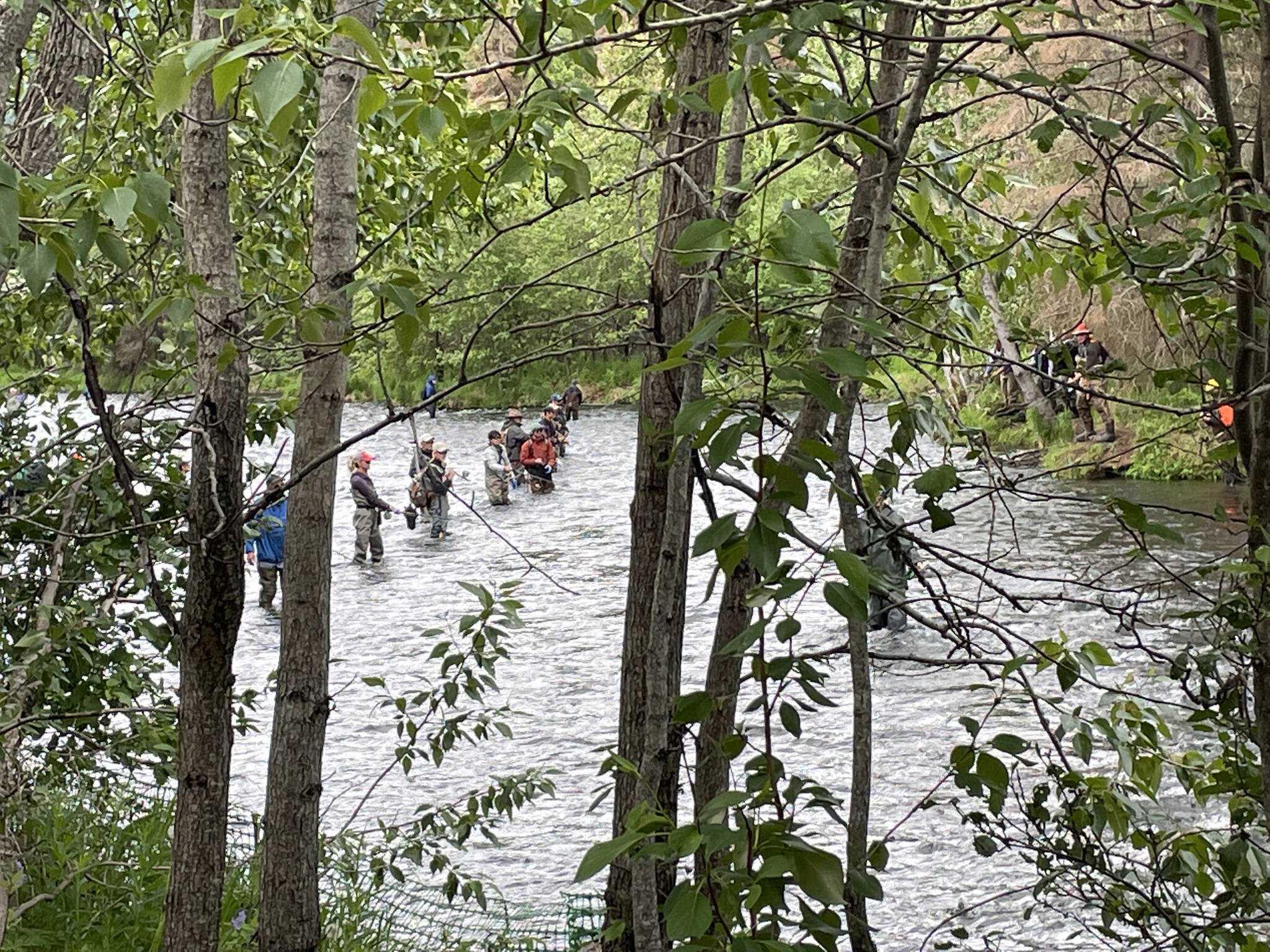In the spirit of becoming a doctor, lawyer or historian after reading a post, cartoon or meme, I am now an economist because I’m partway through a book.
I’m not wholesale convinced the book is a feasible pathway to economic utopia, but it made me look at some contemporary issues Alaskans are facing pertaining to everything from fisheries to eating out. The following examples are not from the book, just where my mind went when contemplating the thesis.
The world of business economics, interest rates, GDP is well beyond me, but the idea that growth is always necessary and always good, now scares me as it pertains to the resources used to achieve that end.
Growth is good but within certain context. Growth at the expense of quality means waste or products with self-destruct mechanisms that engage seven minutes after the warranty expires.
Corporations spend tremendous amount of time and money marketing food that will make people unhealthy and sick, which provides a viable growth model for the misery industry which then provides a booming market for pharmaceutical industries. Given the connections and conflicts of interest between the Food and Drug Administration and companies in the “food” industry it looks almost intentional. Memes about healthy people being a patient lost, while oversimplified and unfair to caring, ethical, professional doctors, resonates enough to be shared.
Speaking of food, you know how a restaurant with a chef that cooks is different than a restaurant with a cook who makes do with the cheapest ingredients he or she is allowed to order? I think about that when I enter a grocery store in the Lower 48 and smell the seafood from the automatic doors. It’s not being an Alaskan food snob, it’s recognizing the marketing of low-quality seafood and people who just don’t know any better.
In this case it isn’t a matter of cutting corners to increase margins, it’s increasing catch (or farming fish) to meet demands at the risk of the future. We have examples of what happens when growth becomes unsustainable and ruins a fishery. Growth in the fishing industry has led to a collapse of the cod fishery on the east coast and catastrophic waste of fish thanks to the trawling industry off our shores. Bycatch of premium fish has become an accepted byproduct of meeting demand within a growth model. I say “accepted” because it appears little is being done, or can be done to address this. How is someone not to conclude that there are rich, short-sighted people in suits ensuring things continue as they are?
The ever-expanding charter and self-guided fleets are creating other existential questions for communities who benefit from entrepreneurs attracting anglers, is there a threshold and who gets to decide?
I hate waiting in the queue or fighting to get the best line on a fishy drag with the DIY folks. Sometimes I avoid the popular areas altogether and curse the bottomless gas tanks of the charter guides, but I have friends who own charter boats and self-guided boats. Would I really be upset with them for adding another boat? Of course not. Growth is good when it’s a friend!
This is not just an issue within the fishing industry.
Communities have already had to reinvent themselves multiple times over the last century and are at the mercy of the tourism industry. But what else were they supposed to do? Fortunes have been made and the economic benefit has been tremendous. Going forward, tourism itself won’t be the issue, it will be the lust for growth. How many ships can communities really handle?
What I know for sure is my career as an economist will likely end with the book.
• Jeff Lund is a freelance writer based in Ketchikan. His book, “A Miserable Paradise: Life in Southeast Alaska,” is available in local bookstores and at Alpha XR. “I Went to the Woods” appears twice per month in the Sports & Outdoors section of the Juneau Empire.

